Exploring alternatives to electron qubits.
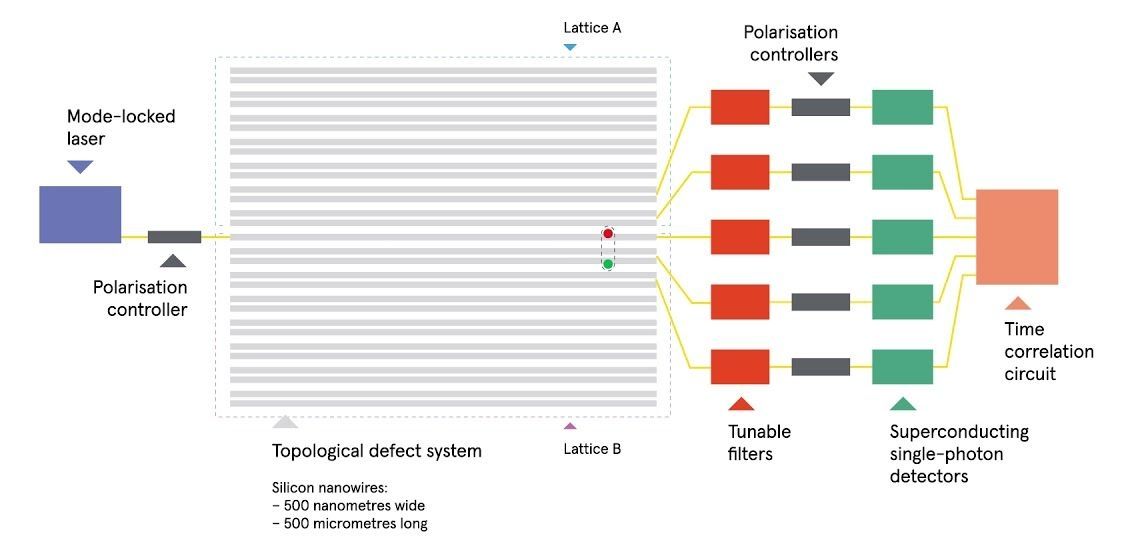



So-called “topological insulators” could revolutionize computing.
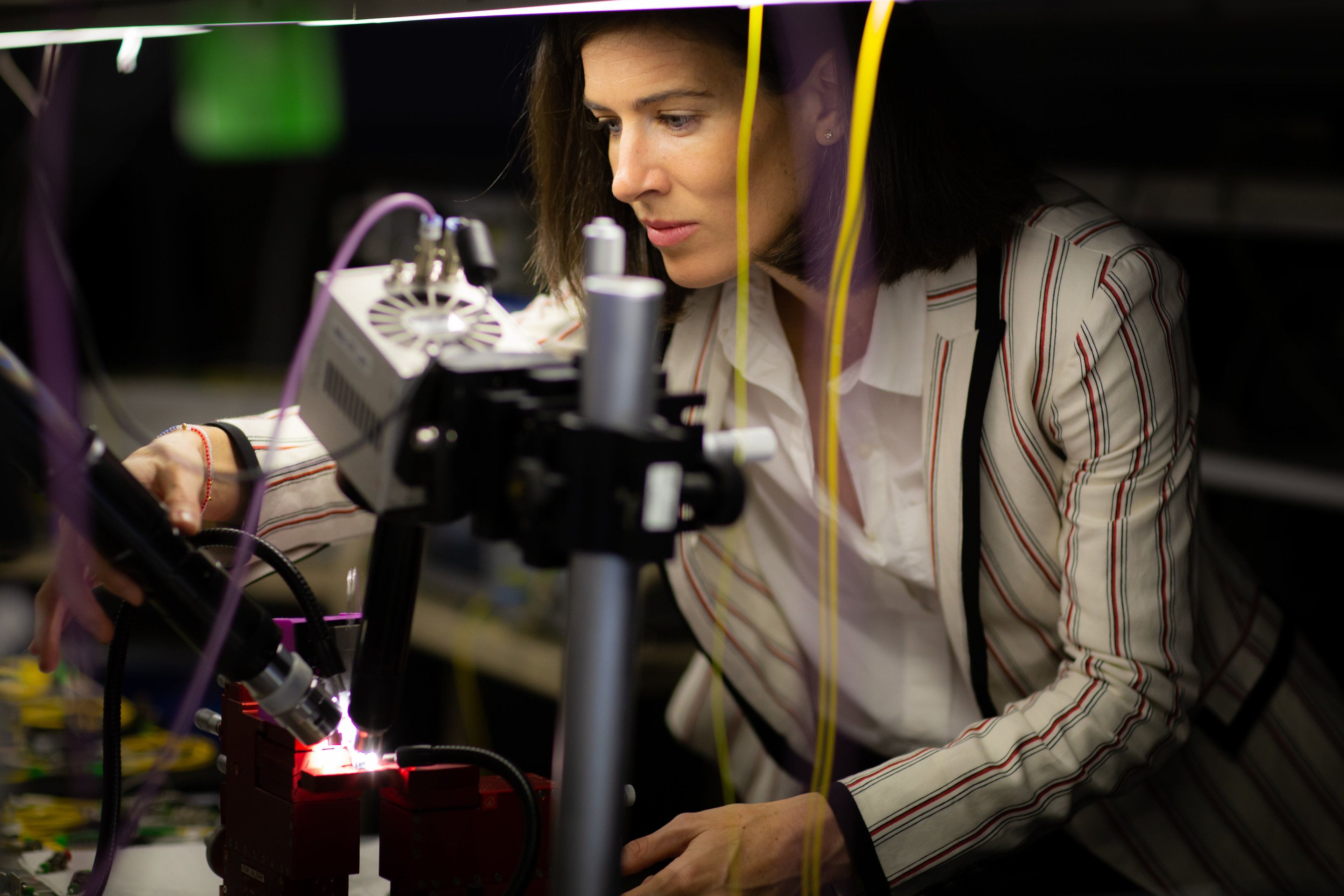
Scientists in Australia have for the first time demonstrated the protection of correlated states between paired photons—packets of light energy—using the intriguing physical concept of topology. This experimental breakthrough opens a pathway to build a new type of quantum bit, the building blocks for quantum computers.
The research, developed in close collaboration with Israeli colleagues, is published today in the prestigious journal, Science, a recognition of the foundational importance of this work.
“We can now propose a pathway to build robust entangled states for logic gates using protected pairs of photons,” said lead author Dr. Andrea Blanco-Redondo at the University of Sydney Nano Institute.
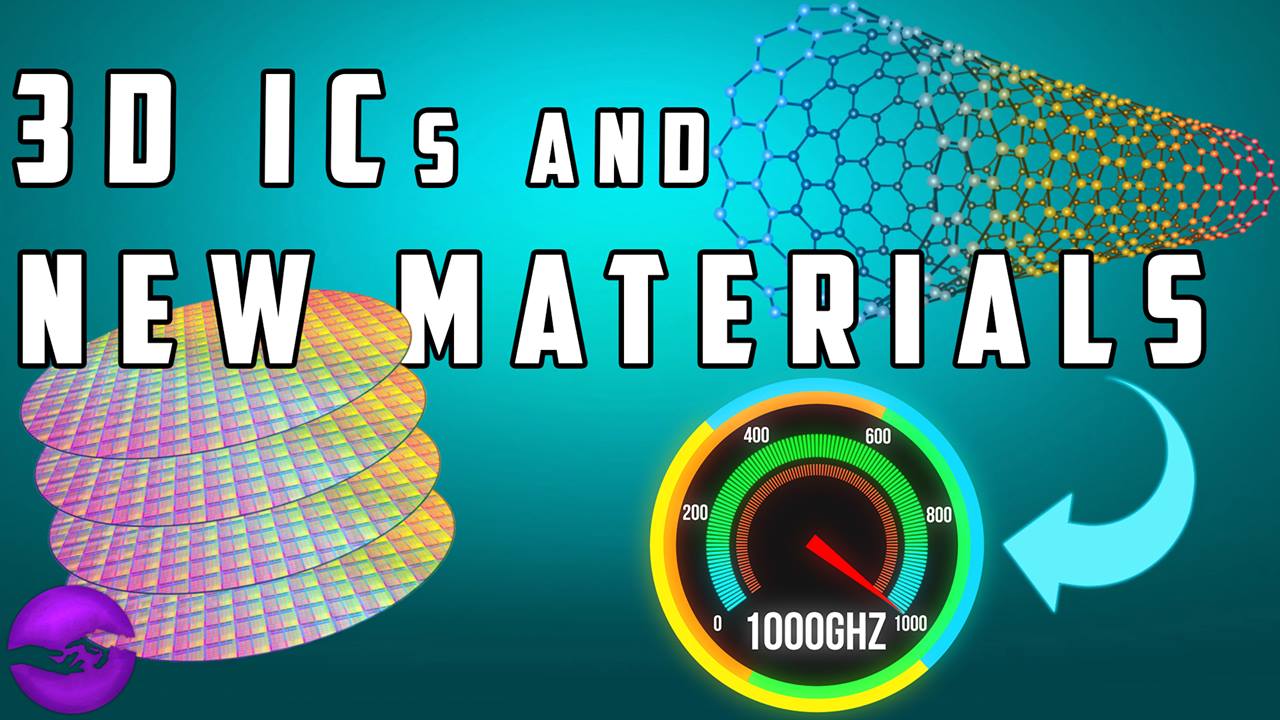
This video is the fourth in a multi-part series discussing computing. In this video, weíll be discussing computing performance and efficiency as well as how the computer industry plans on maximizing them.
[0:25–1:55] Starting off we’ll look at, how computing performance is measured and its rate of increase since the mid-1900s.
[1:55–8:05] Following that we’ll discuss, new classical computing paradigms that will push the computer industry forward past 2020. These paradigm shifts are 3D integrated circuits and the use of new materials such as graphene.
[8:05–10:15] To conclude we’ll summarize and wrap up many of the concepts we’ve discussed over this and the past few videos in this series!

If you haven’t heard, universities around the world are offering their courses online for free (or at least partially free). These courses are collectively called MOOCs or Massive Open Online Courses.
In the past six years or so, over 800 universities have created more than 10,000 of these MOOCs. And I’ve been keeping track of these MOOCs the entire time over at Class Central, ever since they rose to prominence.
In the past four months alone, 190 universities have announced 600 such free online courses. I’ve compiled a list of them and categorized them according to the following subjects: Computer Science, Mathematics, Programming, Data Science, Humanities, Social Sciences, Education & Teaching, Health & Medicine, Business, Personal Development, Engineering, Art & Design, and finally Science.
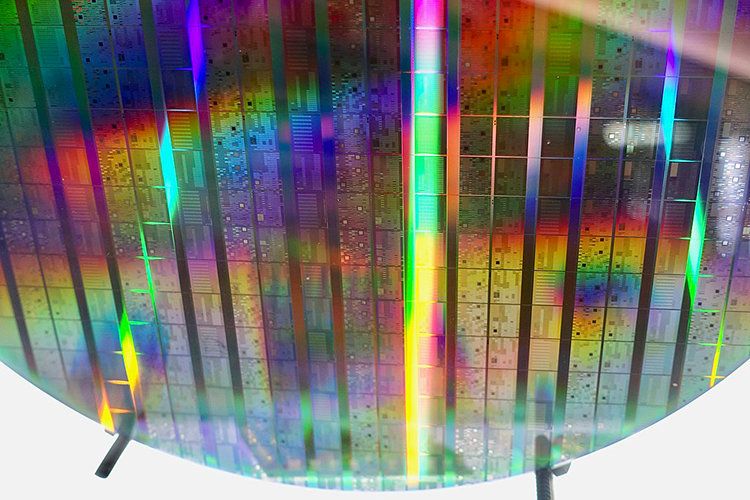
As multiple research groups around the world race to build a scalable quantum computer, questions remain about how the achievement of quantum supremacy will be verified.
Quantum supremacy is the term that describes a quantum computer’s ability to solve a computational task that would be prohibitively difficult for any classical algorithm. It is considered a critical milestone in quantum computing, but because the very nature of quantum activity defies traditional corroboration, there have been parallel efforts to find a way to prove that quantum supremacy has been achieved.
Researchers at the University of California, Berkeley, have just weighed in by giving a leading practical proposal known as random circuit sampling (RCS) a qualified seal of approval with the weight of complexity theoretic evidence behind it. Random circuit sampling is the technique Google has put forward to prove whether or not it has achieved quantum supremacy with a 72-qubit computer chip called Bristlecone, unveiled earlier this year.

T-Mobile will carry the new OnePlus 6T, the first time a phone from the popular Chinese manufacturer has been offered by a U.S. wireless provider.
The 6T launches exclusively on T-Mobile starting Thursday, the company said during an unveiling event in New York City. But the company is offering an early sale at its Times Square store in New York City starting at 5 p.m. Eastern today.
In a press release, T-Mobile called OnePlus’ offerings “superphones packed with flagship specs at a fraction of the flagship price.” The 6T boasts 128GB of internal storage, fingerprint security functionality, 8GB of RAM, a Snapdragon 845 processor, a 20 mega-pixel dual rear camera and 16 mega-pixel front facing camera and a 6.41-inch OLED screen.

Memes are not just learned, they run deeper than that, they are part of our shared experience as human beings. This is how we communicate to each other through spoken, written, and body language; this is how we participate in customs, rituals and cultural traditions. Indeed, human civilization has always been a “cultured” virtual reality. We don’t often think of cultures as virtual realities, but there is no more apt descriptor for our widely diverse sociology and interpretations than the metaphor of the “virtual reality.” In truth, the virtual reality metaphor encompasses the entire human enterprise. We should realize that all our ideologies and religions, our belief systems and models of reality are our own personal operating systems — real to us but wry to someone else — each of us lives in a seemingly shared but simultaneously private virtual world.
By Alex Vikoulov.
“We live in succession, in division, in parts, in particles. Meantime within man is the soul of the whole; the wise silence; the universal beauty, to which every part and particle is equally related; the eternal One. And this deep power in which we exist, and whose beatitude is all accessible to us, is not only self-sufficing and perfect in every hour, but the act of seeing and the thing seen, the seer and the spectacle, the subject and the object, are one. We see the world piece by piece, as the sun, the moon, the animal, the tree; but the whole, of which these are the shining parts, is the soul.” — Ralph Waldo Emerson, “The Over-Soul” (1841)
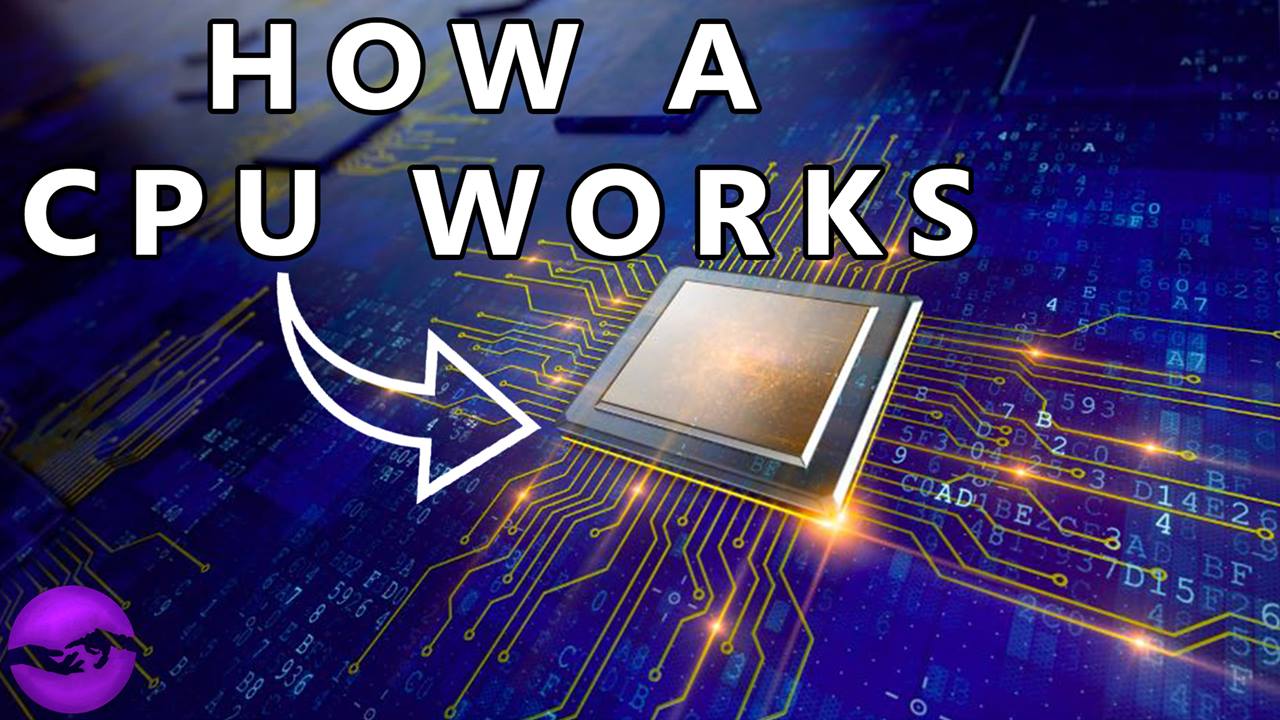
This video is the third in a multi-part series discussing computing. In this video, we’ll be discussing classical computing, more specifically – how the CPU operates and CPU parallelism.
[0:27–4:57] Starting off we’ll look at, how the CPU operates, more specifically — the basic design of a CPU, how it communicates with memory, the stages it executes instructions in as well as pipelining and superscalar design.
[4:57–8:00] Following that we’ll discuss, computing parallelism, elaborating on the hardware parallelism previously discussed as well as discussing software parallelism through the use of multithreading.
A more detailed look at the CPU: